Many art galleries and museums here have shut down or postponed exhibitions due to the COVID-19 outbreak, and more people are in self-imposed isolation as part of social distancing to prevent the spread of the respiratory illness.
But, there is still a chance to alleviate negative emotions that result from the prolonged crisis and refresh your mind: browsing works of art from the collection of the National Museum of Modern and Contemporary Art, Korea from the comfort of your home. Established in 1969, the museum holds 8,417 modern and contemporary works of art, as of late 2019.
While the museum facilities’ closure has been extended until March 22 as the novel coronavirus continues to spread, “MMCA Collection 300,” published by the museum in January, offers a way to learn more about works by Korean artists held by the museum.
Here are some of the highlights of “MMCA Collection 300” that you might want to view in person once MMCA reopens.
But, there is still a chance to alleviate negative emotions that result from the prolonged crisis and refresh your mind: browsing works of art from the collection of the National Museum of Modern and Contemporary Art, Korea from the comfort of your home. Established in 1969, the museum holds 8,417 modern and contemporary works of art, as of late 2019.
While the museum facilities’ closure has been extended until March 22 as the novel coronavirus continues to spread, “MMCA Collection 300,” published by the museum in January, offers a way to learn more about works by Korean artists held by the museum.
Here are some of the highlights of “MMCA Collection 300” that you might want to view in person once MMCA reopens.
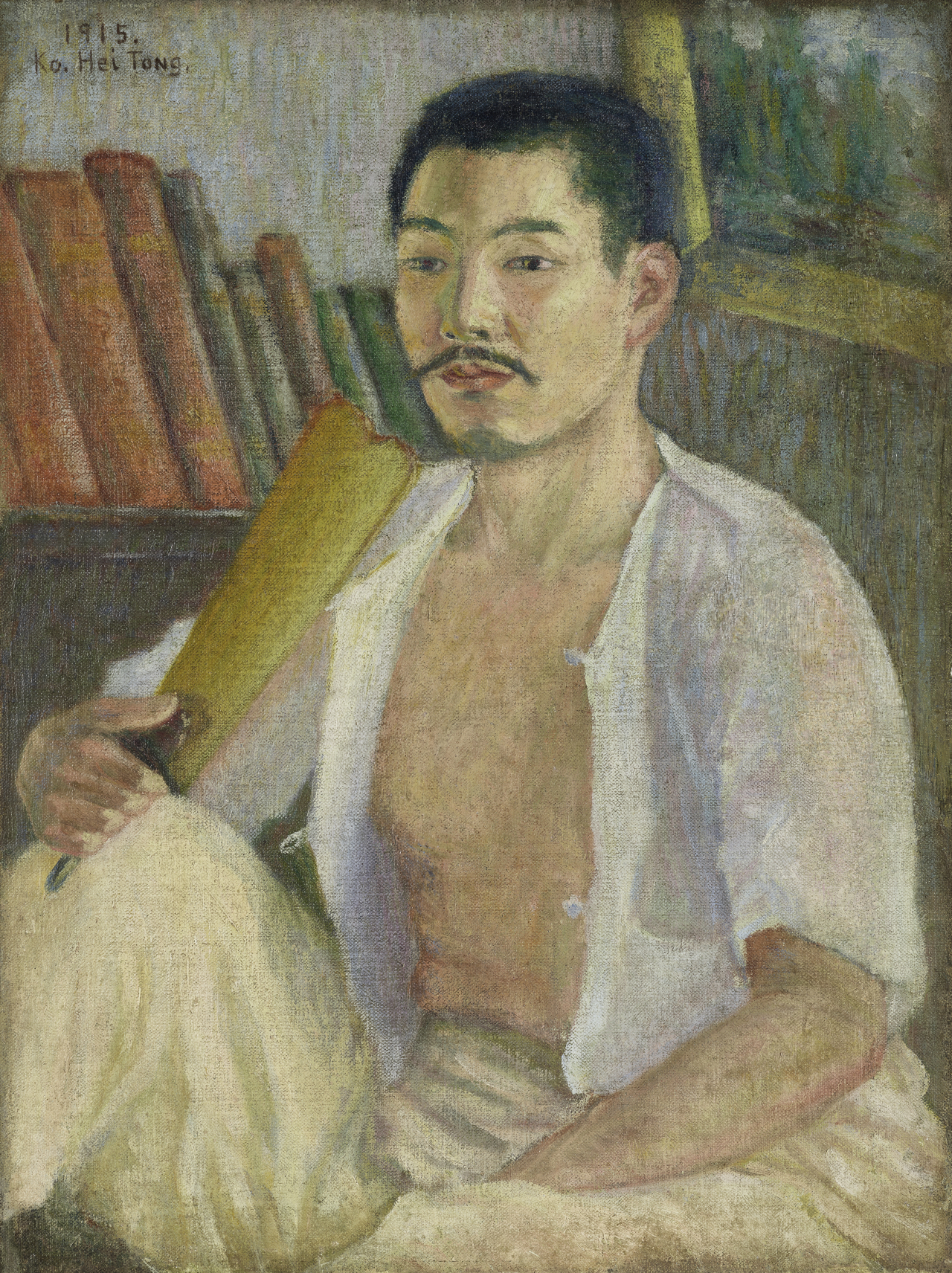
Ko Hui-dong, “Self-portrait”(1915)
Ko Hui-dong (1886-1965) is known as the first Western-style painter in Korea. “Self-portrait,” painted in the early Japanese colonial era, is regarded as the earliest Western painting in Korea. In the background of the painting are a Western-style landscape painting and books, implying he was influenced by the Western culture in the early years of Japanese colonial era.
The artwork, which features bright colors, is reminiscent of impressionist expression that he might have learned while studying Western painting in Japan.
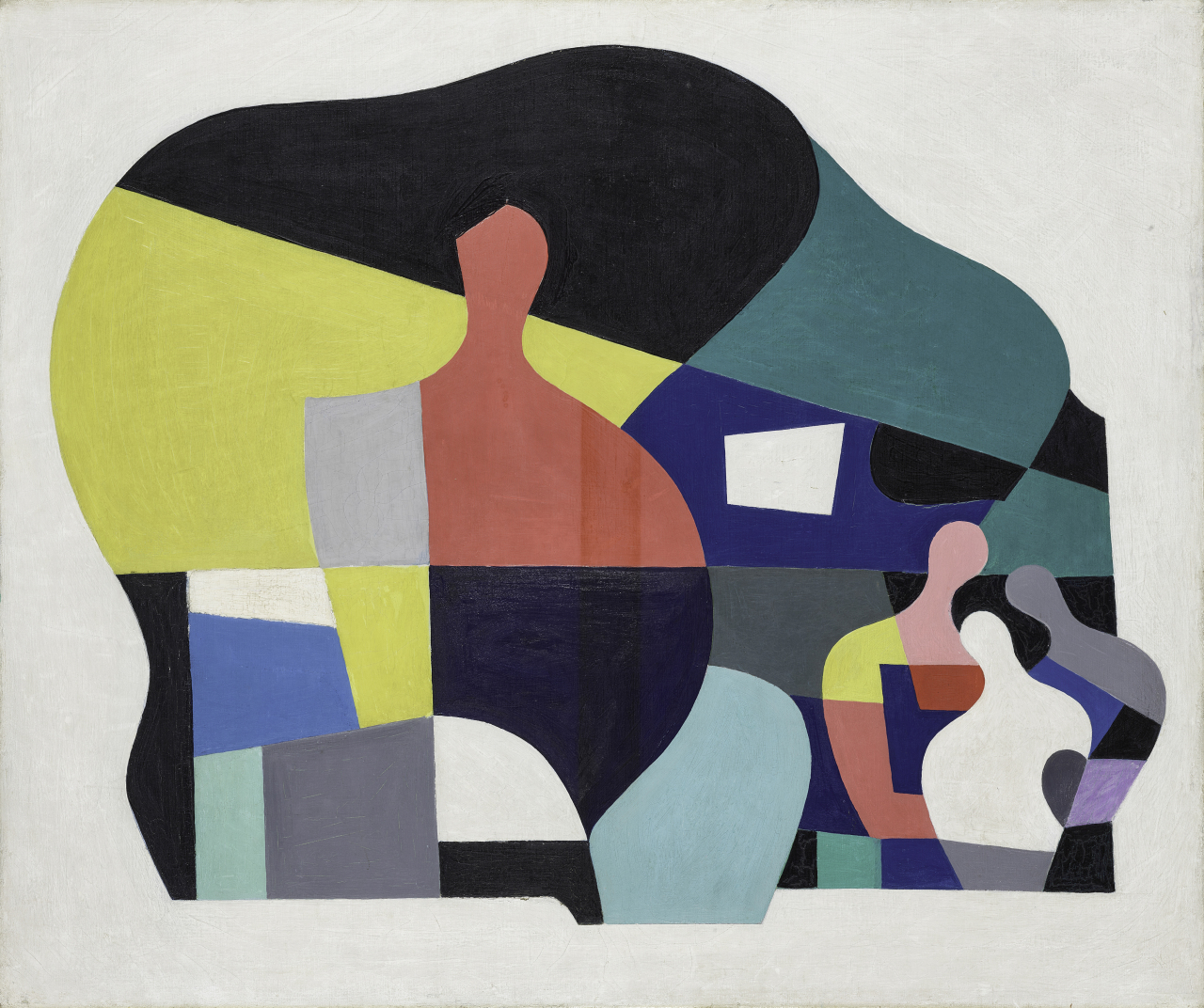
Kim Whan-ki, “Rondo” (1938)
Kim Whan-ki (1913-1974), an early abstract painter in Korea, is one of the most influential Korean contemporary artists. He came up with his own painting style by simplifying traditional Korean objects and landscapes, such as porcelain, the moon and mountains.
Kim, who enjoyed playing violin, applied musical elements to some of his paintings. “Rondo,” which refers to a form of music repeated with variations, was one of his favorite themes in his paintings from 1938. “Rondo” also implies how Kim adopted cubism and constructivism in the 1930s, which were popular in the West at the time.
Last year, Kim’s blue dot painting “Universe” (1971) broke the record price for a Korean artwork, selling for 13.2 billion won ($11.2 million) at auction by Christie‘s Hong Kong.
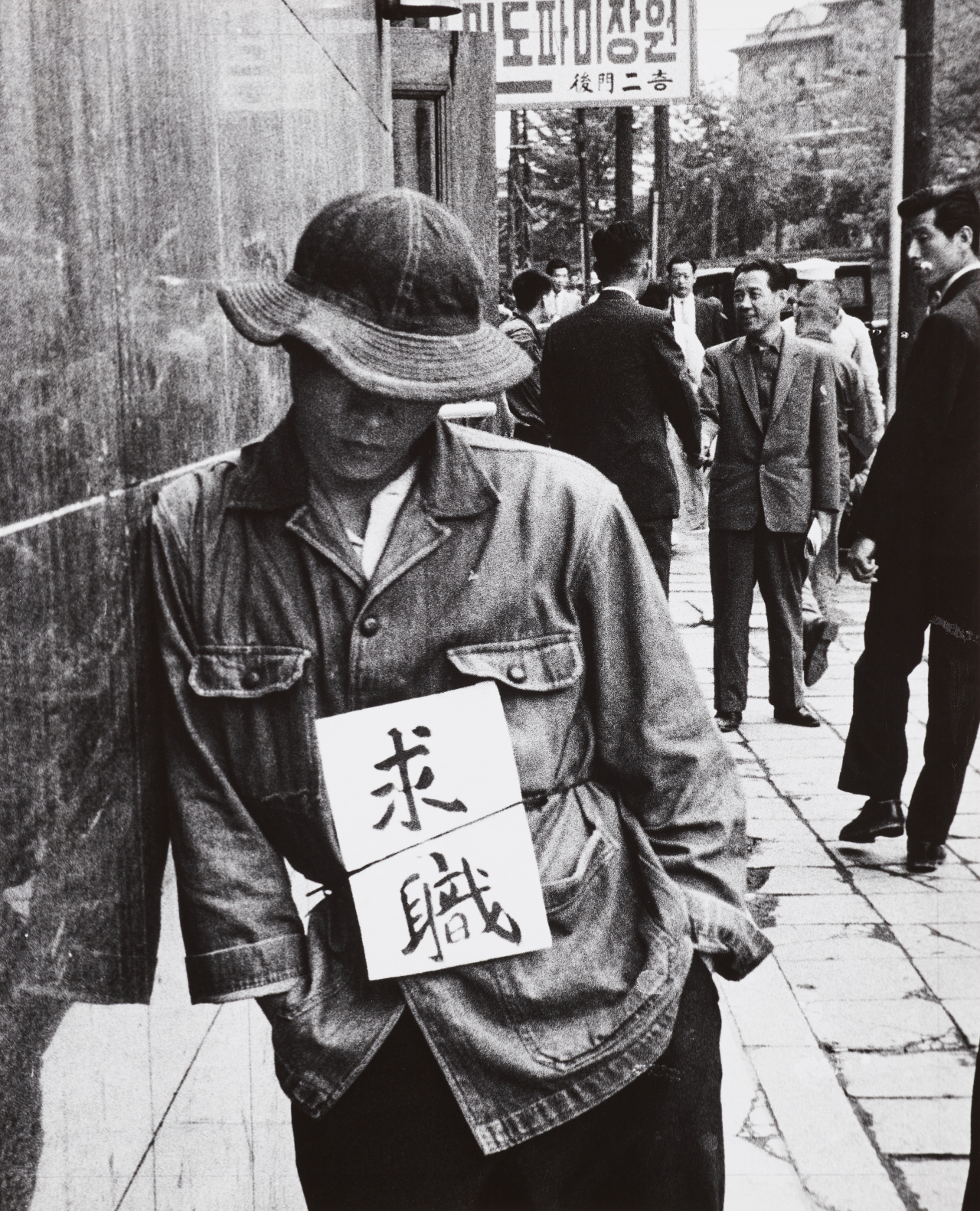
Limb Eung-sik, “Job Hunting” (1953)
Limb Eung-sik (1912-2001) was a pioneering Korean photographer who witnessed the country’s dramatic changes from the early 20th century to the 21st century, including the Japanese colonial era, Korean War and successive authoritarian regimes. The photograph, “Job Hunting” reflects his artistic philosophy -- “Photograph is the truth and the record of human’s lives,” as he eloquently put it.
The piece was taken right after the Korean War (1950-1953). The contrasting scene shows a man leaning against a wall with a sign that reads “Job hunting” tied around his waist, as men in business suits behind him combine to demonstrate the chaos of post-war Korea.
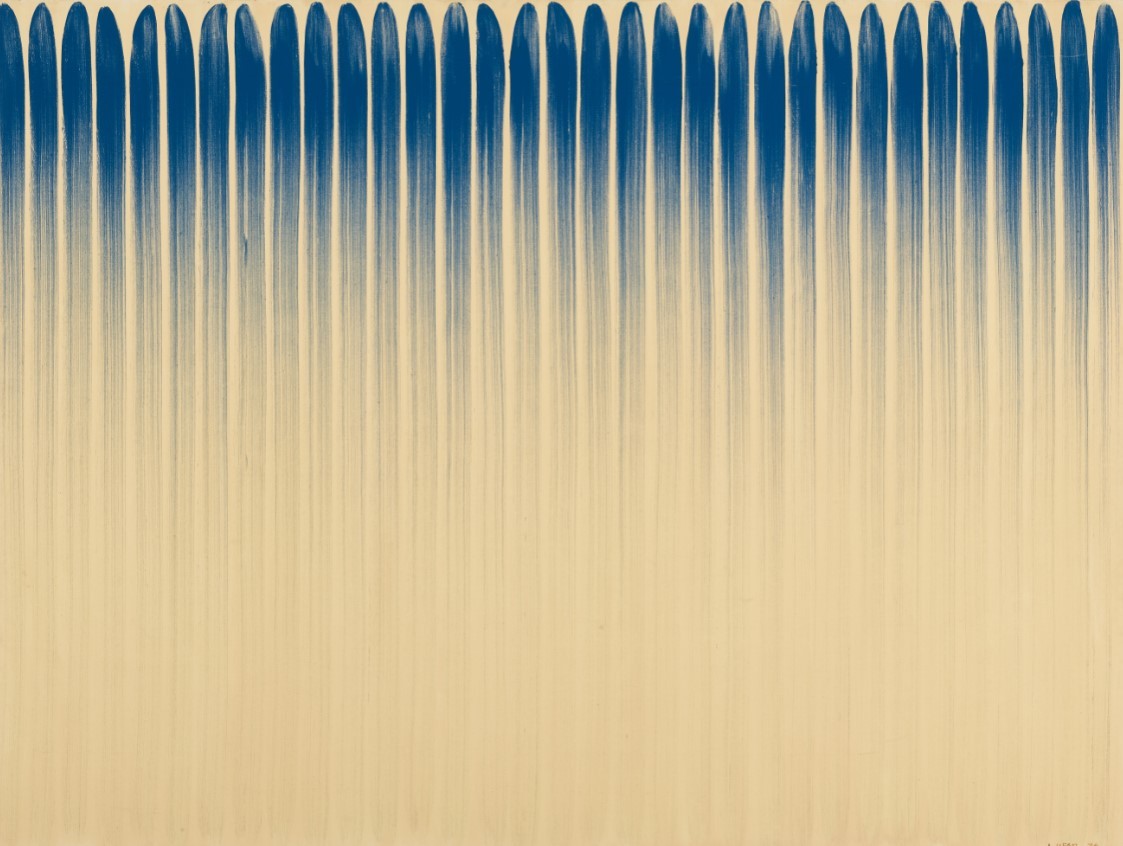
Lee Ufan, “From Line” (1974)
Lee Ufan (born 1936) is a minimalist painter who led Korea’s dansaekhwa movement, which emerged among early modern Korean artists after the Korean War as they sought to avoid Western realism. Dansaekhwa, or monochrome painting, sprouted in the 1970s when the country was under authoritarian rule.
Varying in thickness -- very thick at the top and fading out to very thin at the bottom -- Lee emphasized the process of painting itself by repeating the same action of drawing a line to show the status of “nature itself.”
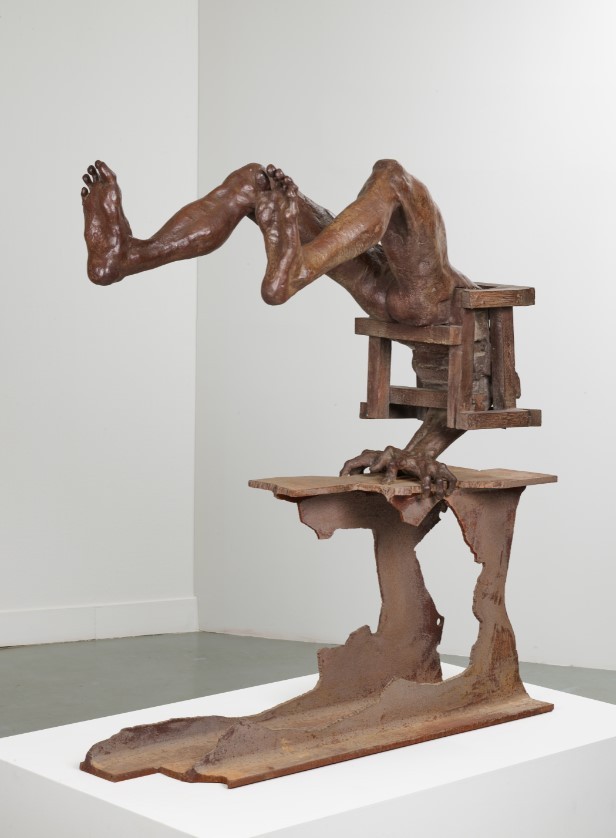
Ryu In, “Yun’s Rationale II” (1988)
Ryu In (1956-1999) was a sculptor who mainly worked with the human form. While the Korean art scene was booming with modern abstract paintings and installation art, he stuck with producing the soil sculpture, which was relatively less popular at the time, focusing on human bodies in particular. “I do not regard human bodies as a purpose to express, but as a means of expression,” he said.
“Yun’s Rationale II” depicts a human body caught in a square frame: The lower body struggles to escape from the square, but the upper body tries to balance itself by touching the ground rather than trying to escape from the square. The sculpture illustrates the paradoxical situation of how humans desire to resist the social system but also cannot help but conform to it.
The artist died at the early age of 43, but the sculptures he produced over a 10-year career continue to resonate.
By Park Yuna (yunapark@heraldcorp.com)








![[KH Explains] How should Korea adjust its trade defenses against Chinese EVs?](http://res.heraldm.com/phpwas/restmb_idxmake.php?idx=644&simg=/content/image/2024/04/15/20240415050562_0.jpg&u=20240415144419)











![[Today’s K-pop] Stray Kids to return soon: report](http://res.heraldm.com/phpwas/restmb_idxmake.php?idx=642&simg=/content/image/2024/04/16/20240416050713_0.jpg&u=)